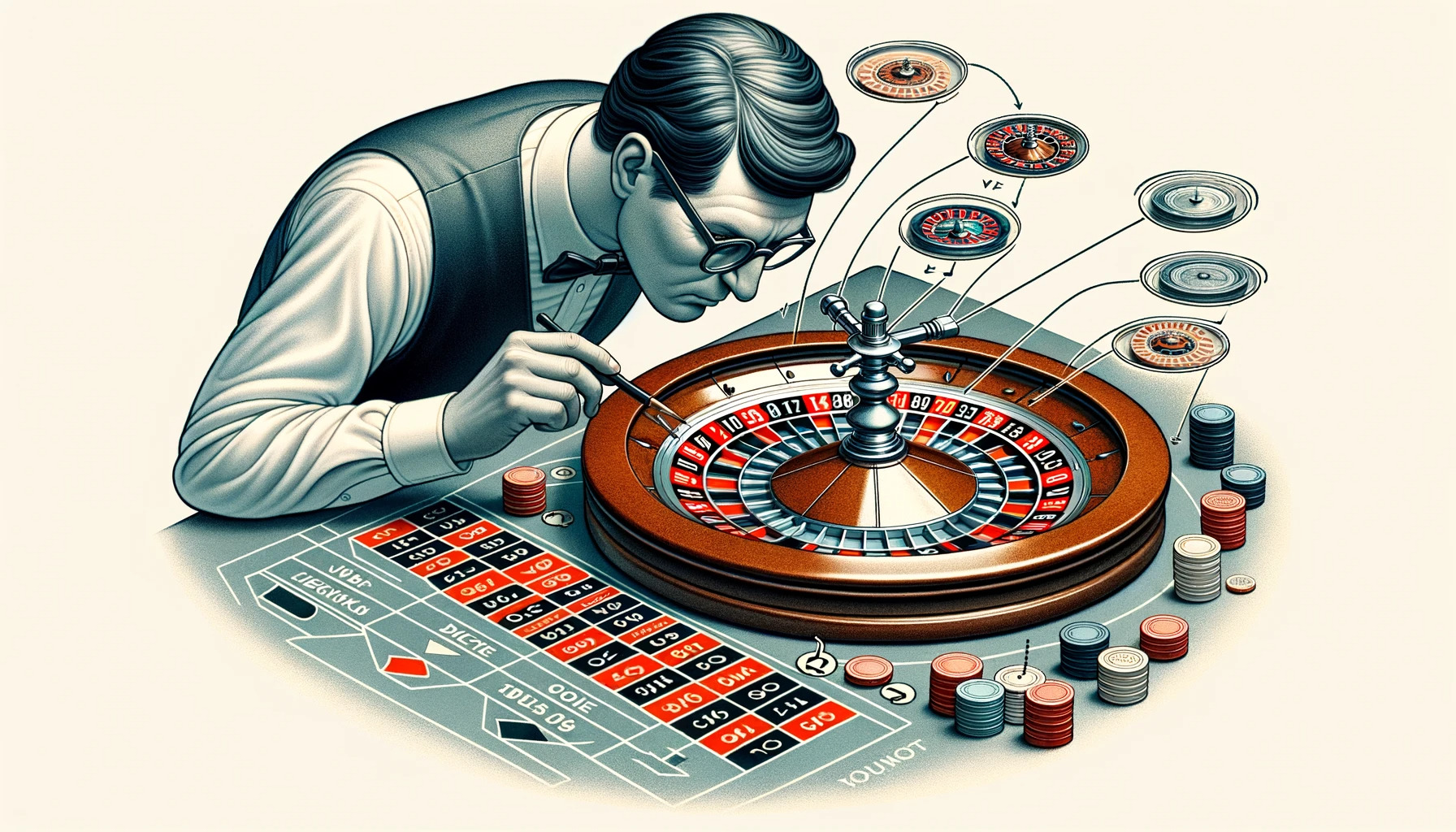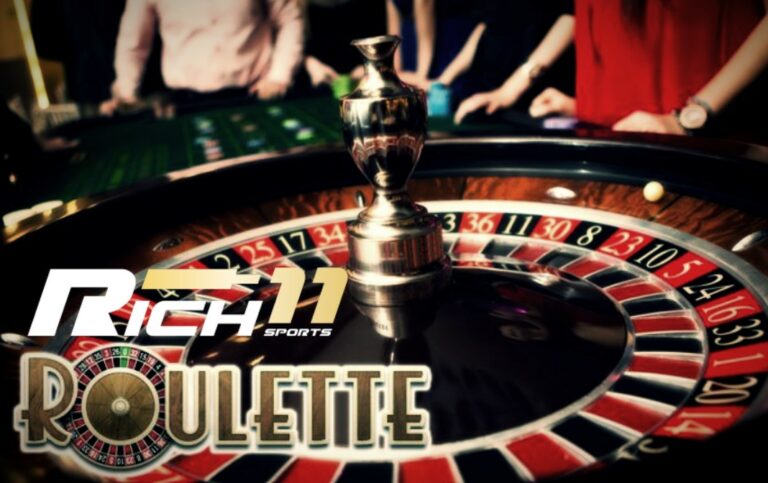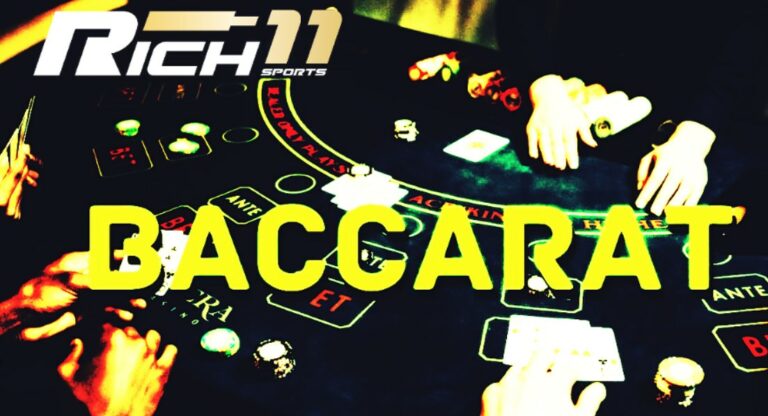To succeed in roulette, your goal is to predict where the ball will land on the wheel when the dealer spins it.
In a game of roulette, a round begins once the dealer clears the table. During this time, you can place your bets on various number slots.
Start with “outside bets,” which involve groups of numbers rather than individual digits. These bets are often more cost-effective and have better odds.
Complex strategies are not advisable in roulette, as it is primarily a game of chance. Enjoy the game and know when to walk away.
Understanding Roulette Basics & Betting
Get Familiar with the Components of the Game
Every roulette game consists of a wheel and a table, featuring numbers 1-36 and a 0 (or 00 in American versions). The dealer spins a small white ball onto the wheel, and it settles in one of the numbered pockets.
Place your bets on the table corresponding to your predicted wheel slot. If your prediction is correct, you win. Roulette tables offer various betting options beyond individual numbers, including:
Betting on numbers 1-18 Betting on numbers 19-36 Betting on even numbers Betting on odd numbers Betting on black Betting on red Betting on the 1st 12 (covering numbers 1-12) Betting on the 2nd 12 (covering numbers 13-24) Betting on the 3rd 12 (covering numbers 25-36)
Different “Inside” Bets
In roulette, success comes from accurately predicting the number or pocket where the ball will land. “Inside” bets involve wagering on specific numbers, offering lower odds but higher potential payouts. These include:
Straight-up betting on a single number (with a 35 to 1 payout). Split betting on two numbers (with a 17 to 1 payout). Street betting on three numbers (with an 11 to 1 payout). Corner betting on four numbers (with an 8 to 1 payout). 6-line betting on six numbers (with a 5 to 1 payout).
In American roulette, there’s also the 5-number bet covering 0, 00, 1, 2, and 3 (with a 6 to 1 payout), and the Row 00 bet covering 0 and 00 (with a 17 to 1 payout).
Explore the “Outside” Bets
Learn about various “outside” bets, which don’t focus on specific numbers but on larger groups, such as even/odd, high/low, and red/black. Place these bets on the outer portion of the number layout. While “outside” bets offer lower payouts, they have better odds. Common “outside” bets include:
Betting on the color red or black (with a 1 to 1 payout). Betting on even or odd numbers (with a 1 to 1 payout). Column betting, covering 12 numbers in a column (with a 2 to 1 payout). Dozen betting, like the 1st 12, 2nd 12, and so on (with a 2 to 1 payout). High or low bets, encompassing numbers 1-18 and 19-36 (with a 1 to 1 payout).
Understanding the “House Edge” and Its Impact
Recognize that in roulette, the casino always has an edge due to the presence of the 0 (and 00 in American roulette). This gives the casino an advantage over players. While some strategies claim to improve your odds, they are generally ineffective. However, there are variations that can slightly shift the odds:
French tables have rules favoring players known as “La Partage” and “En Prison,” applying to outside “even money” bets like odd or even, black or red, and low or high.
They also come into play when the ball lands in the 0 slot. Under “La Partage” and “En Prison” rules, players only lose half of their bet when they lose. However, with “La Partage,” players can’t leave their bet on the table for the next spin.
With “En Prison,” if a player loses, they can choose to leave half of their bet on the table for the next spin. American tables feature an additional “00” slot, increasing the casino’s advantage. In European roulette with a single 0, the house edge is about 2.7%. American roulette has a higher house edge, around 5.26%.
Playing the Game

Choose a Table Suited to Your Budget
Every roulette table displays the minimum and maximum bet limits. For instance, one table might have a sign saying, “Roulette. $5 minimum inside bets, $5 minimum outside bets.
$1,000 maximum outside bets, $100 maximum inside bets.” Inside bets usually have lower maximums due to higher potential payouts.
Before playing, set a budget to determine your maximum betting amount. Then, choose a table with a minimum bet that allows you to enjoy multiple games within your budget.
Each table also shows the previous numbers where the ball landed. Resist calculating your odds based on past outcomes. The probability remains the same with each spin. Pay attention to the dealer, table, and wheel instead. Look for noticeable patterns or tendencies.
In some cases, dealers may release the ball at the same angle and speed throughout a session, increasing the likelihood of it landing in the same wheel section repeatedly.
Roulette wheels can become unbalanced, but casinos are skilled at detecting such issues. Determining wheel balance requires monitoring a large number of spins, often over a thousand or more.
Obtain Roulette Chips from the Dealer
When you’re ready to join a roulette table, interact with the dealer, often called the “croupier,” to get your roulette chips. The dealer will ask for your preferred chip denomination. For example, if you’re playing at a table with a $5 minimum bet, you can choose chip values of $1, $100, or anything in between. After specifying the value, the dealer will mark your chip with its worth and hand it to you.
Roulette uses specific chip colors for each player to distinguish their bets. It’s recommended for spouses or companions to have different chip colors during most roulette games.
Remember that roulette chips hold no value beyond the roulette wheel. When you’re ready to leave the table, place your remaining roulette chips on the table and inform the dealer that you’d like to exchange them for regular casino chips. They will provide standard casino chips in return.
H3: Process of a Roulette Game Round
Understanding the flow of a roulette round helps you strategize for success. After the dealer pays winners and clears the table, the next round begins. The dealer allows a moment for players to place their bets. Then, the wheel is set in motion, and the ball is released, often accompanied by the dealer’s announcement of “no more bets!” indicating that betting for the round has closed.
Once the ball settles, the dealer identifies the winning number or chips. Losing bets are cleared from the table first. Then, winning bets are settled, and the cycle repeats.
Placing Your Bets in the Right Locations
After the dealer clears bets from the table and starts a new round, it’s time to place your chips on the table, aligning them with the corresponding numbers.
The first six bets are positioned on the pockets numbered 0 to 36 on the table layout. To bet on a column, place your bets on the empty pocket below the three columns.
For dozen bets, you have three options: P 12 for the first 12 numbers, M 12 for the middle 12 numbers, and D 12 for the last 12 numbers. Finally, for outside bets, use the red, black, even, odd, high, or low pockets.
When you win a round of roulette, promptly exchange your chips for cash. Continue betting within your predetermined budget, and avoid using your winnings for future bets.
While some players observe fellow participants to gain an advantage or go against their actions, this approach is unlikely to significantly improve your odds.
If you plan to play multiple rounds, consider using the low-risk, low-reward Fibonacci betting system.
To use this strategy, exclusively place 50/50 outside bets (odds or evens, reds or blacks) on numbers from the Fibonacci sequence (1, 1, 2, 3, 5, 8, 13, 21, 34, 55, 89). For example, start with a one-dollar bet, followed by another one-dollar bet, then a two-dollar bet. After each win, regress by two numbers for your subsequent wager.
Conversely, avoid high-risk, high-reward betting tactics like the Martingale, which involves doubling your stake after each win until a loss occurs. Although it has the potential for substantial payouts, it’s more likely to deplete your funds.









